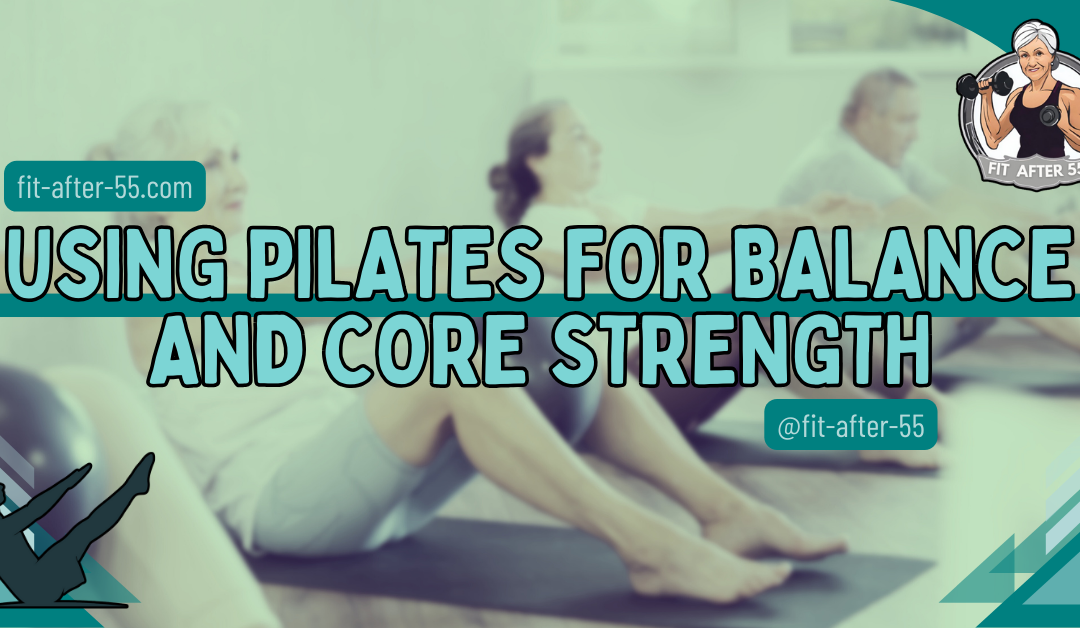Using Pilates for balance and core strength has become a game-changer for me as I’ve gotten older. You know that feeling of wanting to stay active and independent, but sometimes gravity seems to have other plans? That was definitely me a few years ago. I’d shuffle around, worried about taking a tumble, and even simple tasks like gardening felt like a challenge. Then, a friend suggested I try Pilates. Let me tell you, it’s been one of the best decisions I’ve made for my health.
Using Pilates for Balance and Core Strength: Building a Foundation for Lifelong Wellbeing
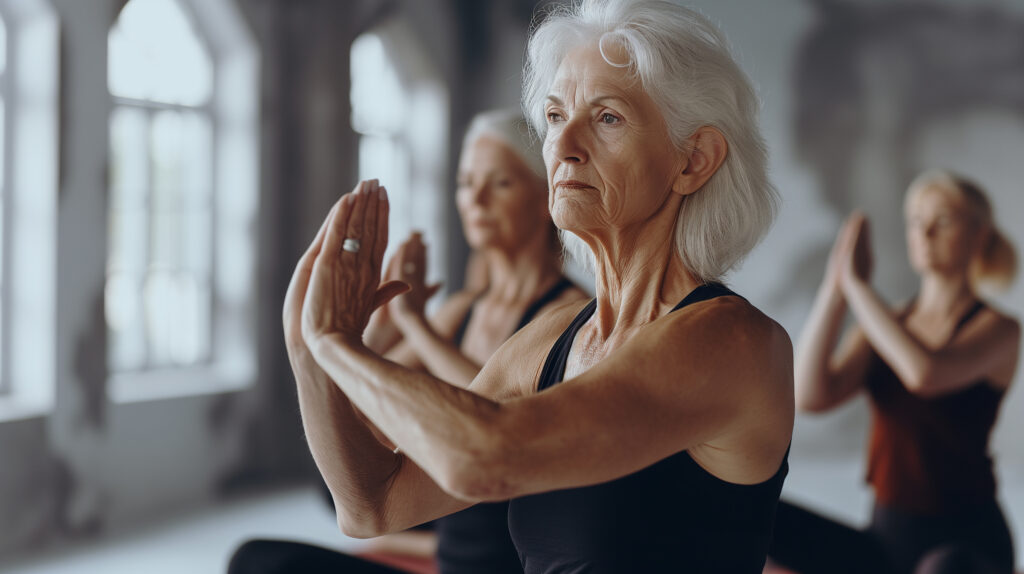
A few years ago I learned about Pilates, a fitness system that’s as much about strength as it is about balance. I was working on increasing my core and a friend suggested I add Pilates to my routine. What a difference!
As I work on building a solid foundation as I age, I want to pay close attention to balance and core strength. These aren’t just buzzwords; they’re critical elements for our body’s overall function and health. And since falls are a major problem for older adults, I aim to k
So, what exactly is Pilates? It’s a form of exercise that emphasizes the balanced development of the body through core strength, flexibility, and awareness. This isn’t just about getting fit; it’s a way to ensure your body works as a cohesive unit, with a strong center leading the charge.

A strong core does more than make you look good; it’s the powerhouse of your body. Combine that with a knack for keeping your balance, and you’ve got a recipe for a body that feels good and moves confidently through life. Pilates targets these aspects with surgical precision, making it perfect for anyone looking to enhance their physical equilibrium.
As we move on, I’ll show you how the foundation of Pilates, which is your core strength, directly empowers your balance. You’ll discover the unique principle of ‘centering’ intrinsic to Pilates training, and how this central focus can revolutionize your approach to fitness. So buckle up; your balance is about to get a serious upgrade.
Key Takeaways:
- Pilates builds a strong core, the powerhouse of your body, which improves balance and stability. This leads to better posture, increased confidence in daily activities, and a reduced risk of falls.
- Pilates exercises target specific muscle groups with precision and control. This approach builds core endurance and stability, making even basic movements like walking feel effortless.
- Consistency is key! Regular Pilates practice refines your technique, unlocks more challenging exercises, and keeps your core and balance improving over time.
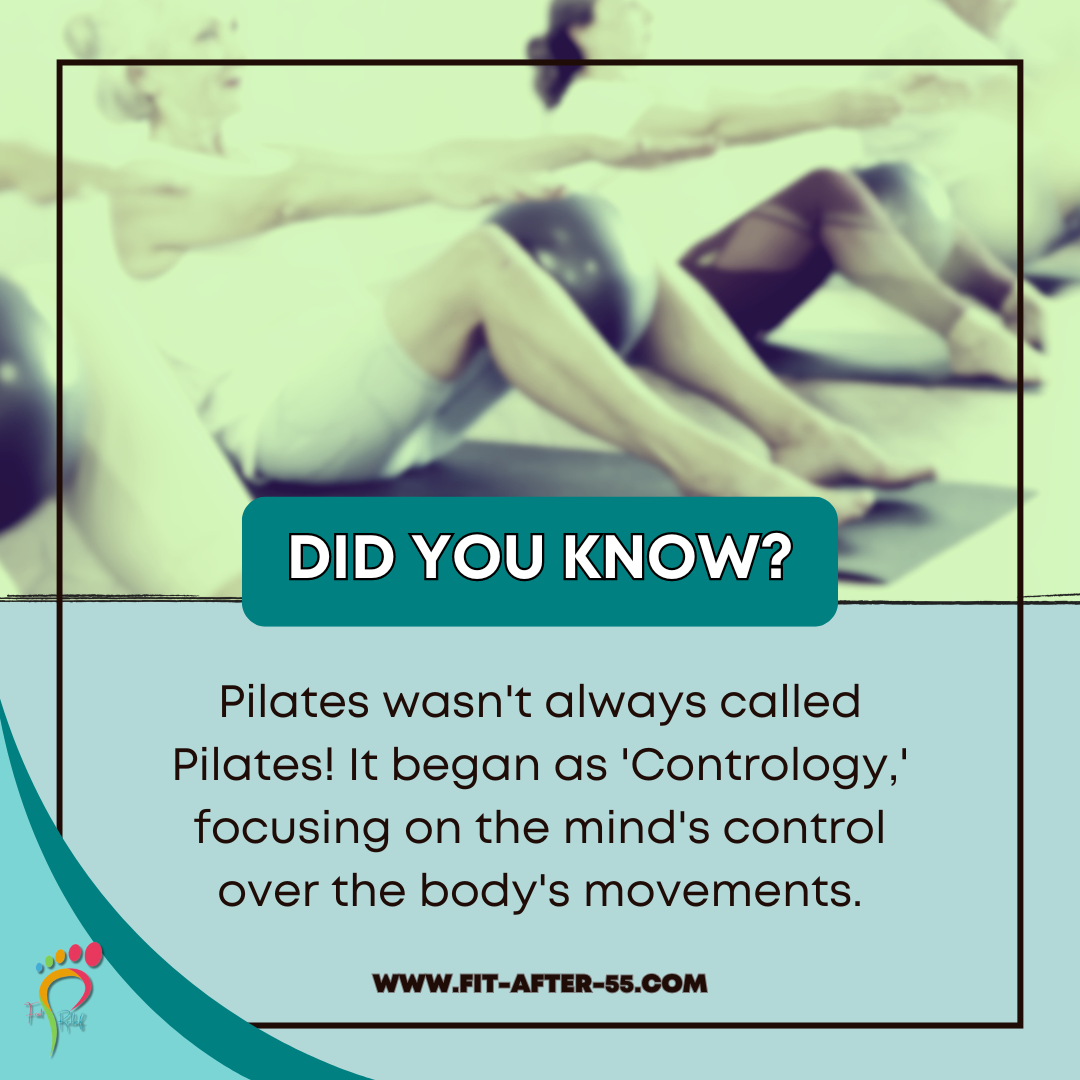
Foundation of Pilates: Core Strength to Empower Balance
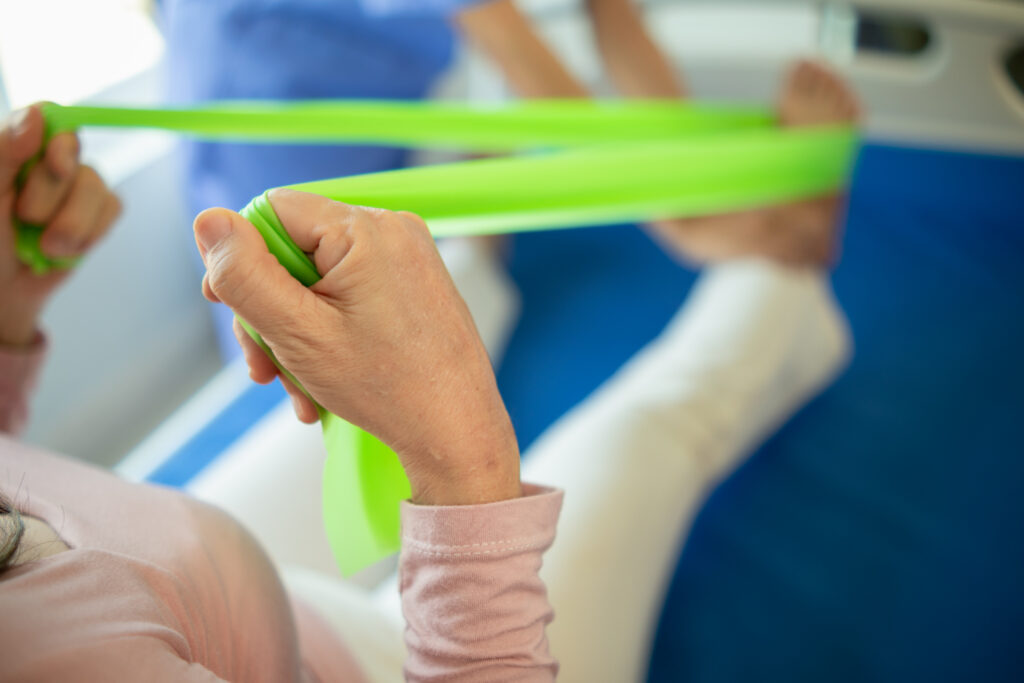
I’m going to zero in on the powerhouse of the Pilates method: the core. So, what’s the big deal about the core, you ask? Your core isn’t just about having a toned belly; it’s the central force that supports your entire body. Imagine your core as the sturdy center from which all your movements emanate.
In the realm of Pilates, ‘centering’ is more than a buzzword. It’s one of the key principles that Joseph Pilates based his method on, emphasizing that all movement should start from the core. And it makes sense, because when you strengthen your core, you’re not just improving posture; you’re drastically enhancing your balance.
You might wonder how a bunch of stretches and exercises can genuinely boost endurance in your core. The secret sauce? It’s in the precision and control required in each Pilates movement. This isn’t about speed; it’s about engaging the right muscles at the right time, which builds incredible endurance and stability.
Regular Pilates training is like a silent partner that keeps getting better. As you improve, your balance does too, almost without you noticing it. And that means activities that once seemed wobbly, like standing on one leg, or real-world challenges like walking on an uneven sidewalk, become second nature.
Balancing Act: Pilates Exercises for Stability
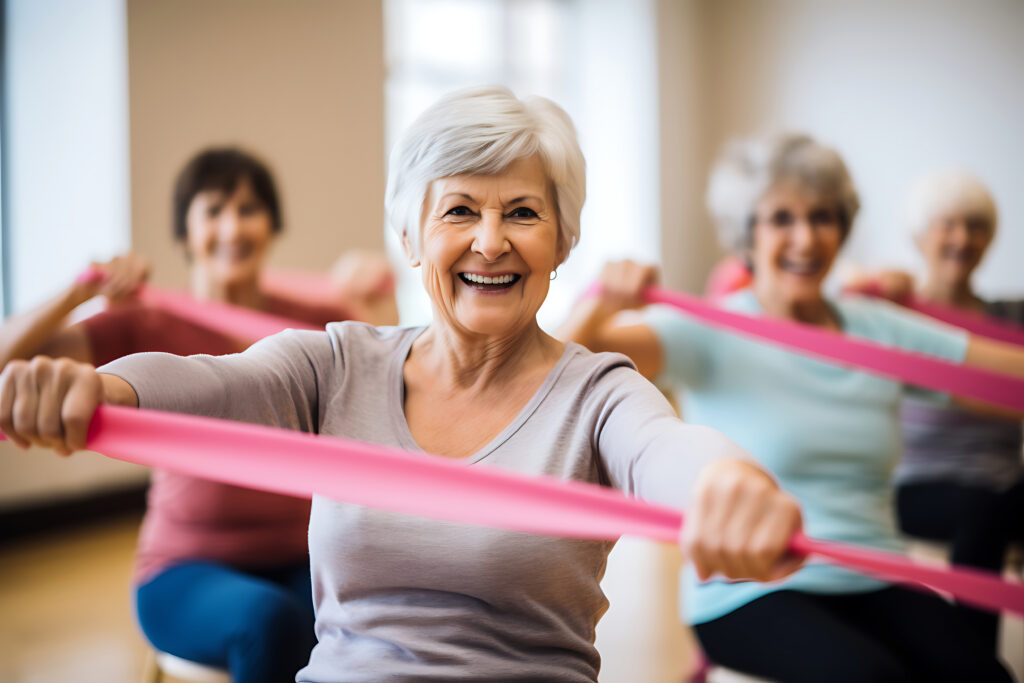
Now, let’s get into the practical side of using Pilates for improving balance. You’re going to find out about a selection of exercises from Pilates that are specifically engineered to enhance your stability. Whether you’re just starting out or you’ve been at it for a while, these exercises are adaptable to meet you where you are.
Beginner Pilates Exercises for Balance
If you’re new to Pilates or are looking to challenge your balance, begin with the basics. Exercises like the ‘Standing Leg Lift’ and ‘Single Leg Circles’ are great starters. They require you to stabilize your body with your core while moving your limbs, which in turn helps improve your balance.
Intermediate and Advanced Pilates Exercises
For those who have been practicing Pilates and want to step it up, try the ‘Pilates Teaser’ or the ‘Side Plank’. These are more advanced and will demand a higher level of core engagement and balance. Remember, stability in Pilates often comes down to a strong core, so even these challenging poses should be rooted in the strength you’ve been building from your center.
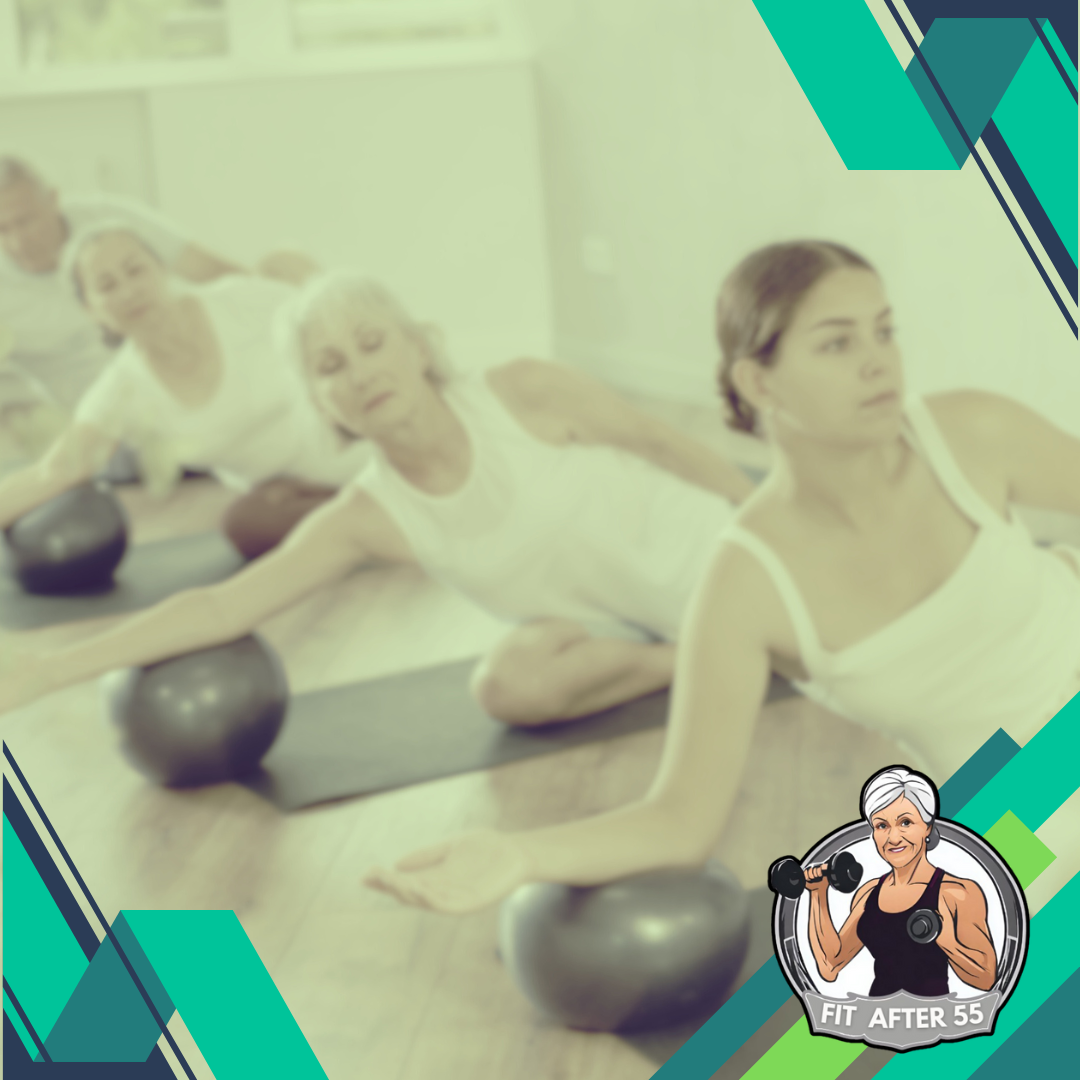
Don’t worry too much about mastering these exercises right away. The journey to better balance is ongoing, and these exercises evolve with your capabilities. You can always adjust your approach down the road.
Include these Pilates moves in your regular routine to truly reap the benefits. Try doing these exercises a few times a week, focusing on form and breathing. Your balance improvement will be a testament to the power of these movements when performed consistently and mindfully.
Sustaining Progress: Advancing Your Practice for Continued Improvement
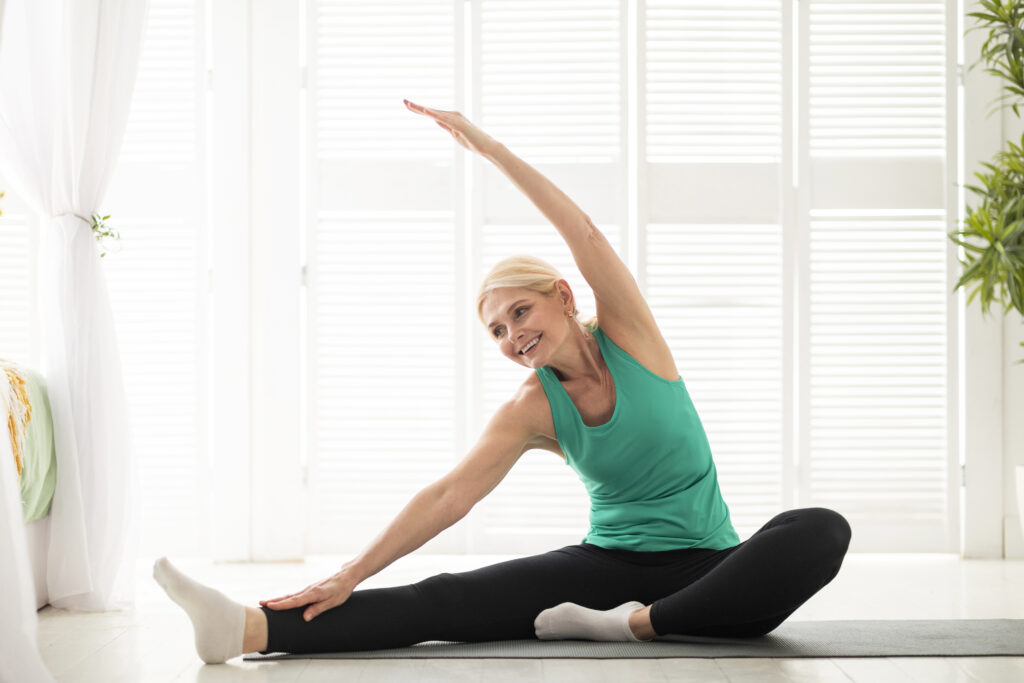
You’ve got the basics down and started to feel the benefits of Pilates in your quest for better balance and core strength. But the journey doesn’t end here. To keep improving, you need to gradually up the ante and push the boundaries of what you thought possible.
The Importance of Consistency
Consistency is key to mastering Pilates. Regular practice helps you:
- Maintain the gains you’ve made
- Prepare your body for more advanced moves
Building up slowly and respecting your body’s pace ensures a rewarding journey through each stage of your Pilates practice.
Overcoming Plateaus
Hitting a plateau is natural, but don’t get discouraged. Here are some strategies to reignite your progress:
- Revisit and refine your technique
- Try new equipment
- Work with a Pilates instructor
Remember, Pilates combines mental focus with physical movement.
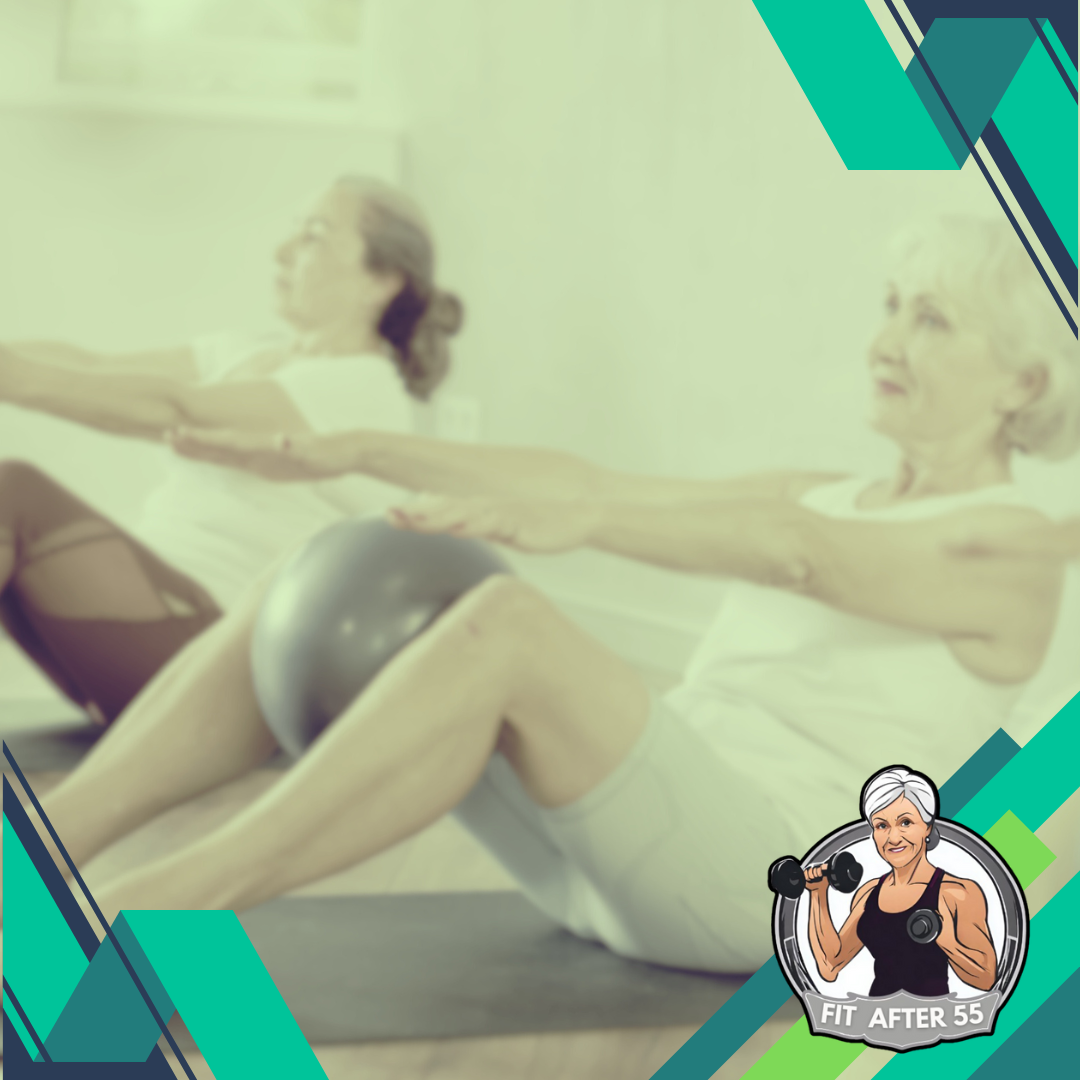
Tracking Your Progress
Tracking progress can be incredibly satisfying and motivating. Consider the following methods:
- Journal: Note improvements in exercise control and precision, increased complexity of movements, and daily changes in how you feel.
- Logs: Track your sessions and progress in other physical activities.
- Self-Assessment: Monitor energy and strength levels.
Sample Progress Tracking Table
| Date | Exercise | Improvement | Notes |
|---|---|---|---|
| 01/01/2024 | Roll-Up | Increased precision | Felt more control in the movement |
| 01/08/2024 | Spine Stretch Forward | Greater flexibility | Noticed less strain and more fluid motion |
| 01/15/2024 | Teaser | Better balance | Held position longer with less wobbling |
| 01/22/2024 | Short Spine Massage | Enhanced coordination | Movements felt smoother and more connected |
Celebrating Wins
Choose what resonates with you for tracking progress:
- Logging sessions
- Noting improvements in physical activities
- Assessing energy and strength levels
If you’re dedicated and patient, the rewards will be significant. The enhanced balance and core strength you’ve started to build with Pilates can translate into better posture, improved performance in other sports, and a stronger, more resilient body for life’s everyday demands. Keep at it, adjust as needed, and watch how Pilates can transform your health and wellbeing.
No Studio, No Problem

The beauty of Pilates lies in its adaptability. While a class setting offers undeniable value, the core principles can be practiced effectively at home. With a clear understanding of fundamental movements and a little creativity, you can transform your living room into your own Pilates haven. In fact, many resources are available to guide you through safe and effective home-based routines. Remember, consistency is key. Even a few minutes a day can yield remarkable results.
Using Pilates for Balance and Core Strength: A Recipe for Lifelong Wellbeing
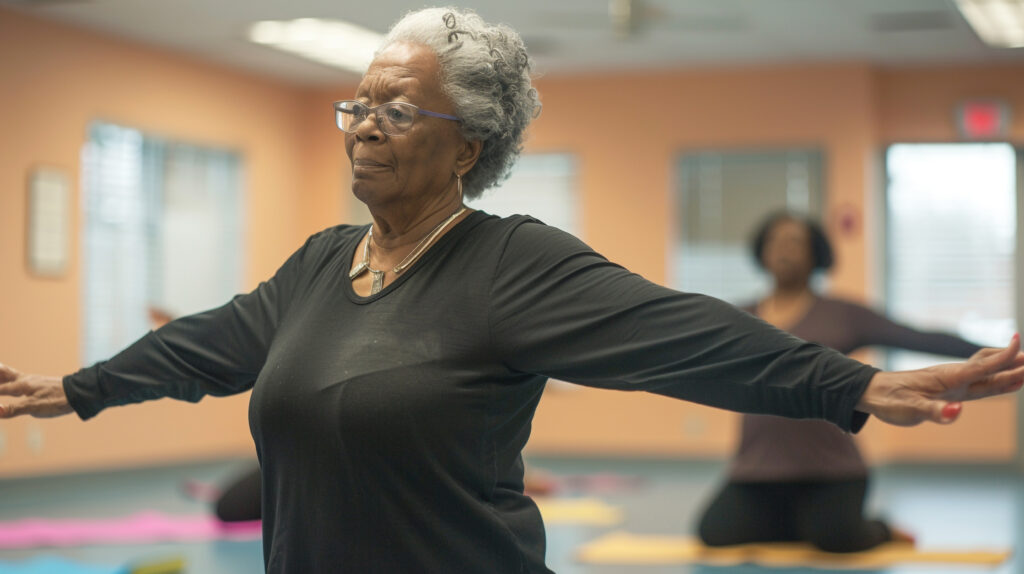
Pilates may not be the flashiest workout on the block, but trust me, it’s quietly become a powerhouse in my routine. Don’t get me wrong, I still have wobbly moments (hello, uneven sidewalks!), but my overall balance has definitely improved. It’s like my core got a major upgrade – that strong center Joseph Pilates talked about really makes a difference.
Here’s the thing: as we age, focusing on core strength and balance isn’t just about looking good in a swimsuit (although, hey, who doesn’t love feeling confident?). It’s about preventing falls, maintaining independence, and simply moving through life with more confidence. Pilates has shown me that you don’t need fancy equipment or high-impact moves to achieve that.
So, if you’re looking for a way to invest in your long-term health and wellbeing, give Pilates a try! It’s a practice that grows with you, and the benefits – both physical and mental – are truly worth it. Who knows, maybe you’ll find yourself surprised by just how strong and balanced you can become.
Frequently Asked Questions
Is Pilates just for seniors?
Absolutely not! Pilates is a fantastic exercise system for all ages and fitness levels. Whether you’re a seasoned athlete or just starting out, Pilates can help you build core strength, improve balance, and increase flexibility.
I don't have any fancy equipment. Can I still do Pilates?
You bet! Mat Pilates, which utilizes your own body weight for resistance, is a great way to get started. Many studios also offer classes with small props like balls and rings to add variety and challenge.
I'm worried Pilates won't be challenging enough. Will I see results?
Pilates is all about controlled, precise movements that target specific muscle groups. While it may not be a high-impact workout, don’t underestimate its effectiveness! Consistent practice will leave you feeling stronger, more stable, and ready to tackle more advanced exercises.
Stay Fit & Find Your Tribe After 55!
Looking for workouts that work for you, honest product reviews, and a supportive community of active seniors? Look no further! Visit our website [fit-after-55.com] for engaging fitness content and connect with fellow enthusiasts on our Facebook page

